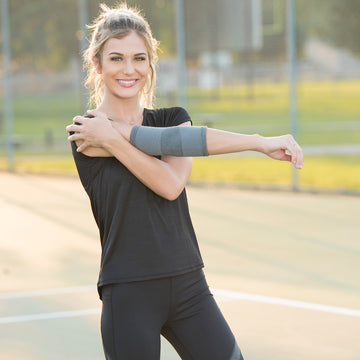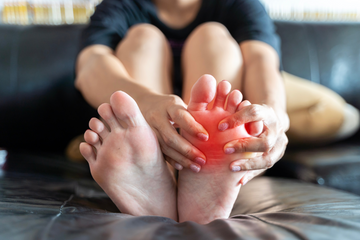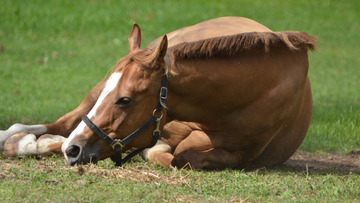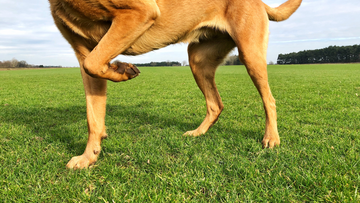We as humans need about two to three hours of REM sleep daily. Horses, in contrast, need from 30 to 60 minutes daily. When horses are starved of the required daily 30 to 60 minutes of Rapid Eye Movement (REM) sleep for a week or more, Sleep Deprivation occurs. REM sleep is the last phase of sleep, also called paradoxical sleep, so named because the brain is just as active during this phase of slumber as any other. REM sleep is characterized by rapid movement of the eyes under closed eyelids during this period. When horses are not able to lie down and enter REM sleep to refresh themselves, they may even experience “sleep attacks,” which is when a horse shows signs of excessively sleepiness, or uncontrollable episodes of falling asleep.
 Symptoms of sleep deprivation:
Symptoms of sleep deprivation:
- Negative change in performance
- Drowsiness during the day
- Reluctance to lie down
- Episodes of uncontrollable sleep and drowsiness
- Bruises and abrasions on knees from falling asleep
Causes of sleep deprivation:
- Horse doesn’t feel safe
- Loneliness
- A new environment
- Noisy area at night
- Inadequate bedding in their stall
- Too small of stall
- Pain
If your horse is showing any signs of sleep deprivation, you may need to consult an equine specialist to diagnose the condition. Observation is the best key to understanding your horse; once you have recognized what is upsetting your horse, take measures to correct it and your horse should relax and give in to get some much-needed sleep.
For an additional relaxation boost, the
Rejuvenate SmartScrim from Benefab by Sore No-More can aid into helping your horse get that much needed rest. Its breathable mesh is made up of ceramic Nano particles and the fabric emits far-infrared rays, helping to keep muscles warm and relaxed. The SmartScrim works by stimulating blood circulation, which in turn helps heal and decrease inflammation, and promote relaxation.
 Symptoms of sleep deprivation:
Symptoms of sleep deprivation:






















